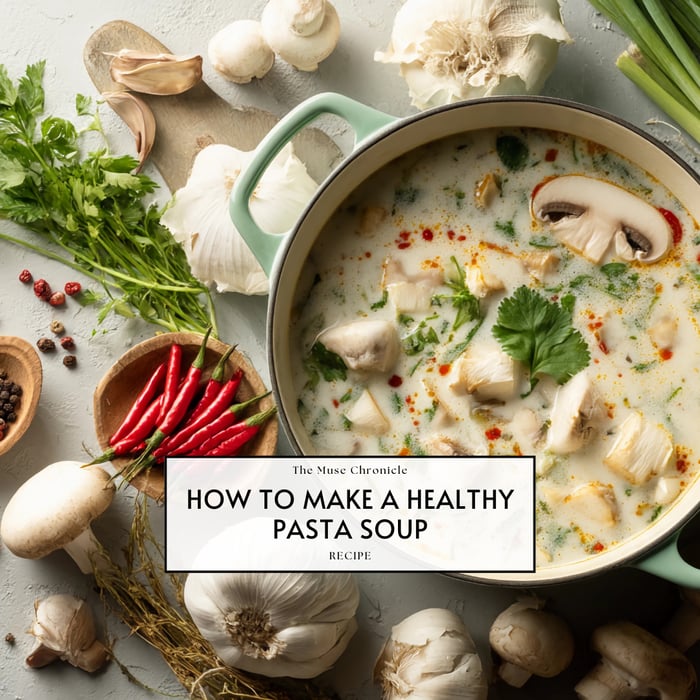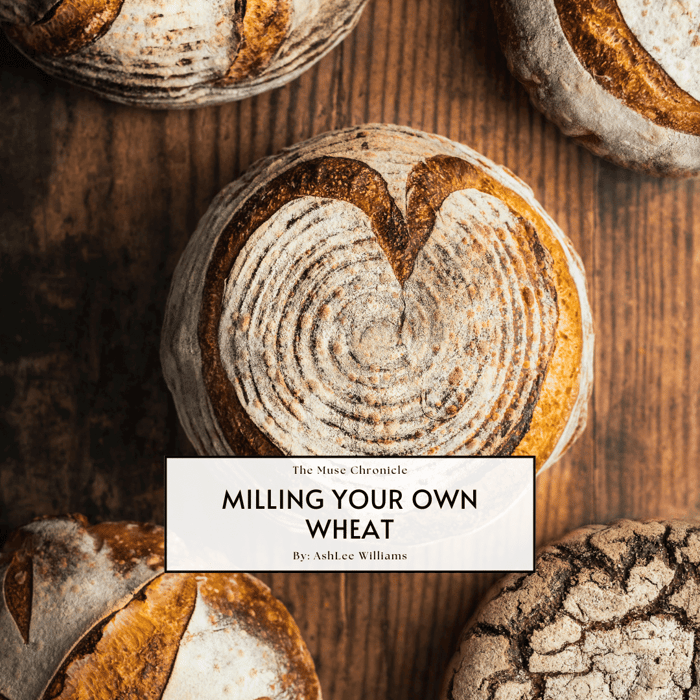Cooking can be both nourishing and peaceful when you take your time and focus on the process. This is especially true with healthy pasta soup, a dish that feels both simple and soulful. Recently, I shared about slowing down and creating space to rest in my post Honoring the Sabbath. That same mindset can carry into the kitchen. Cooking slowly, with intention, brings rhythm and calm to our busy lives.
This guide will walk you through how to make a healthy pasta soup from start to finish, how to choose the best pasta, and how to make your own noodles if you want to go a step further.
Step 1: Choose the Right Pasta
The key to this recipe is using healthy pasta and understanding what that means. Most boxed pasta is made with refined, enriched flour. That means the grain has been stripped of its natural nutrients and then “enriched” by adding synthetic vitamins back in. It looks clean and white, but much of the natural fiber, vitamins, and oils have been removed.
When you choose non-enriched pasta, you are choosing something closer to the way nature intended. It keeps its structure, digests more evenly, and leaves you feeling full rather than sluggish. Whole-grain options made from spelt or einkorn are even better because they retain their full nutrient profile and have a beautiful nutty flavor.
This idea is similar to the practice of milling your own flour. In The True Value of Milling Your Own Wheat, I share how using freshly milled flour changes the taste and nutrition of bread. The same applies to pasta, it is all about choosing ingredients that stay close to their natural state.
Step 2: Gather Your Ingredients
Ingredients
2 tablespoons olive oil
1 small onion, diced
2 carrots, peeled and sliced
2 celery stalks, sliced
3 cloves garlic, minced
1 cup mushrooms
1 teaspoon salt
½ teaspoon black pepper
1 teaspoon dried thyme or Italian seasoning
6 cups chicken or vegetable broth
2 cups shredded chicken or white beans
2 cups uncooked healthy pasta (non-enriched or homemade)
1 cup chopped kale or spinach
Fresh parsley and grated Parmesan to garnish
This recipe is forgiving, so use what you have on hand. You can swap chicken for beans, or add zucchini or leeks if they are in season.
Step 3: Sauté the Vegetables
In a large soup pot, warm the olive oil over medium heat. Add onion, carrots, and celery. Stir and cook for about five minutes until the vegetables begin to soften. Add garlic, salt, pepper, and thyme, and let everything become fragrant.
This part of cooking always feels grounding. The smell of onions and herbs sizzling together can transform a rushed evening into something slower and intentional.
Step 4: Add Broth and Simmer
Pour in the broth and bring it to a gentle simmer. Let the soup cook uncovered for about ten to fifteen minutes so the flavors blend naturally. Taste the broth as it cooks and adjust with a little more salt or pepper if needed.
Cooking slowly rather than quickly boiling keeps the flavors soft and balanced.
Option: I love adding 1/4 cup of heavy cream into mine for a slight change in the recipe from time to time.
Step 5: Add the Protein and Pasta
Stir in the shredded chicken, mushrooms and/or white beans, then add your healthy pasta. Let it simmer until the pasta is tender, about eight to ten minutes depending on the type you use. Stir often so it does not stick to the bottom.
Step 6: Finish with Greens
Just before serving, stir in the kale or spinach. They will wilt perfectly in the hot broth and add a bright, fresh color to the bowl.
Ladle the soup into bowls and top with fresh parsley and a sprinkle of Parmesan.
Step 7: Optional- Make Your Own Pasta
If you want to take this to another level, try making the pasta yourself. It takes a little practice, but it is not as hard as it looks. Once you feel the dough and understand its texture, it becomes relaxing rather than intimidating.
If you have a KitchenAid, it is a great starting point. They sell a grain mill attachment for about $150, which lets you start experimenting with freshly milled flour. Begin slowly by substituting half a cup of milled flour for regular flour. This helps you learn how the dough behaves without overwhelming it.
KitchenAid also makes excellent pasta attachments. My biggest tip is not to overfill them. Feed a small amount of dough at a time and let the machine guide you. If you are rolling by hand, keep your surface lightly floured and roll evenly until the dough feels soft and elastic. Cut into strips with a knife or pizza cutter.
Homemade pasta takes more patience, but it can easily become part of your Sabbath rhythm, a time to play, experiment, and rest in the process rather than rush to finish.
Step 8: Serve Slowly
Soup always tastes best when enjoyed without hurry. Sit down, breathe, and eat slowly. Let your family linger at the table a little longer than usual. This is where nourishment goes beyond food—it becomes connection.
Cooking this way is an act of gratitude. It reminds me that good things take time and that slowing down in the kitchen can be one of the purest ways to honor the rhythm God designed for us.




